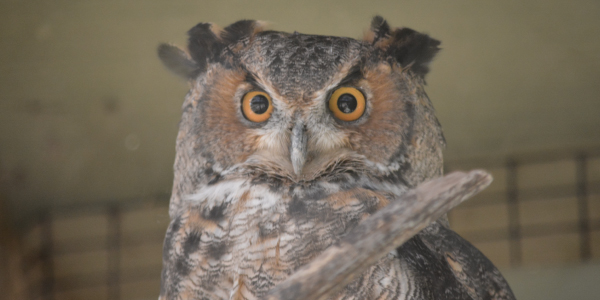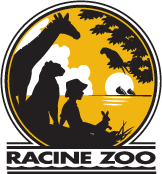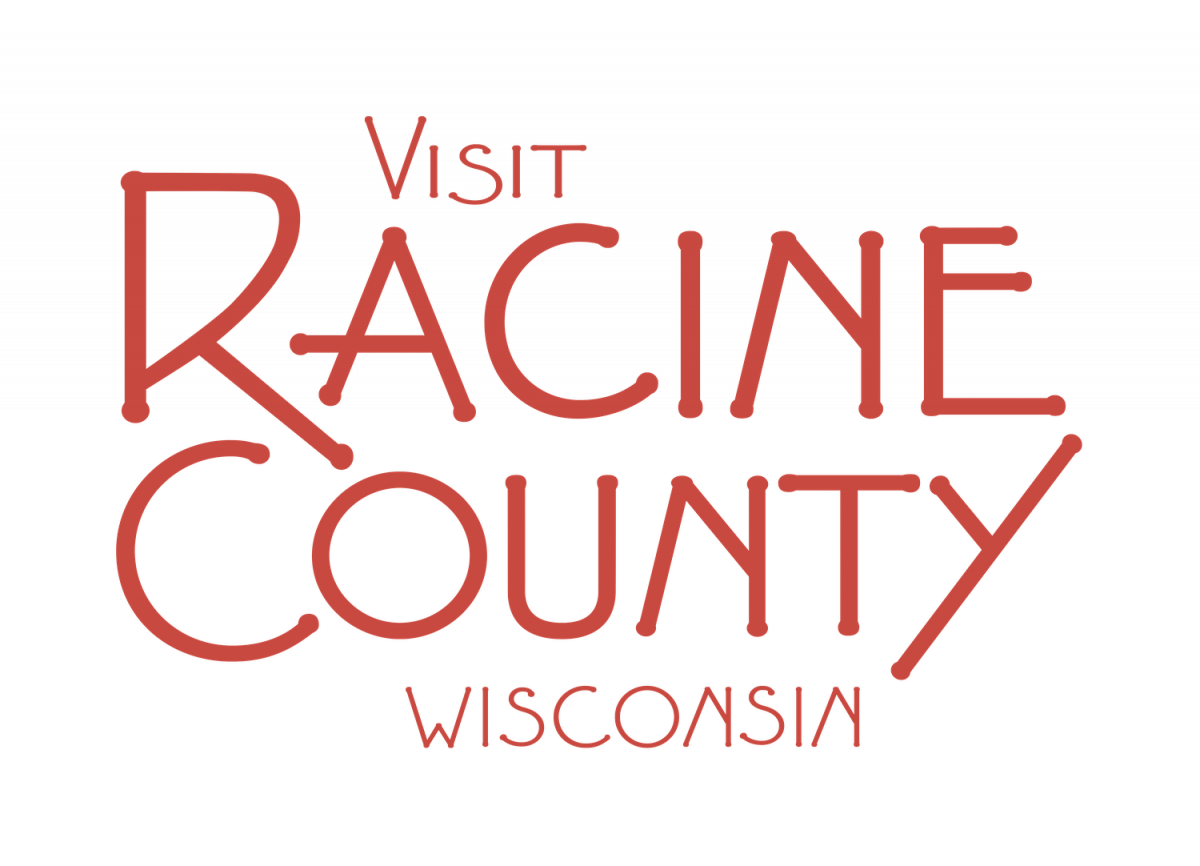
| You can meet at the Racine Zoo: |
Mario
|
| Location at the Racine Zoo: | In Raptor Roost |
| Scientific Name: | Bubo virginianus |
| Conservation Status: | Least Concern |
| Lifespan: | Upwards of 13 years in the wild; up to 35 years in human care |
| Adult Size: | Up to 2 ft in length; 2 - 4 lb; wingspan of up to 5 ft |
| Diet in the wild: | Birds, small mammals, amphibians, reptiles, fish, insects |
| Diet in the Zoo: | Rodents, small birds |
| Habitat: | Tundra, rainforest, mountains, woodlands, grasslands, deserts, swamps, and both rural and urban human settlements |
| Range: | Most of North America and extends south into Central and South America |
| Threats: | The great horned owl is protected throughoutits range,though some illegal shooting occursbecause of their tendency to preyonpoultry |
Fun Facts:
- Owls eat prey whole andlater regurgitatepellets of indigestible material.
- Great horned owls have binocular vision,which allows excellent frontal vision butweaker peripheral vision.Owlsuse the 14vertebrae in their necktomove their heads270 degrees to look in different directions.Dueto a poor sense of smell, they are one offewanimalstoinclude skunks in their regular diet.Their sense of hearing is so acute that theycan detect a mouse steppingon a twig from adistance of 75 feet!
- The ‘horns’ areknown as ear tufts,althoughthey don’t have anything to do with hearing;they helpcamouflagetheowl among the trees.Great horned owls are monogamous; theymate with the same individual for many years.These owls use the abandoned nests ofhawks, eagles, herons, and squirrels; treedens and cavitiesmaybe used. When treenest sites are lacking,they useold buildings,cliffs, and even the bare ground.
-
Great horned owls do not have any natural predators . However, if discovered during the day by small er birds, especially crows, the smaller birds will mob and chase away the owl.
Conservation Messages:
- Shopping from local farms can also help fieldhunters such asgreat horned owls. When youbuy yourproduce from a local farmer who usessustainable and ecologically friendly practicesyou are not only helping your local economybut are also ensuring that birds of prey such asthegreat horned owlshave places to hunt fortheir food. Theowlsin turn will help thefarmers by eating the pest animals such asBirdmice that may forage on the crops.











